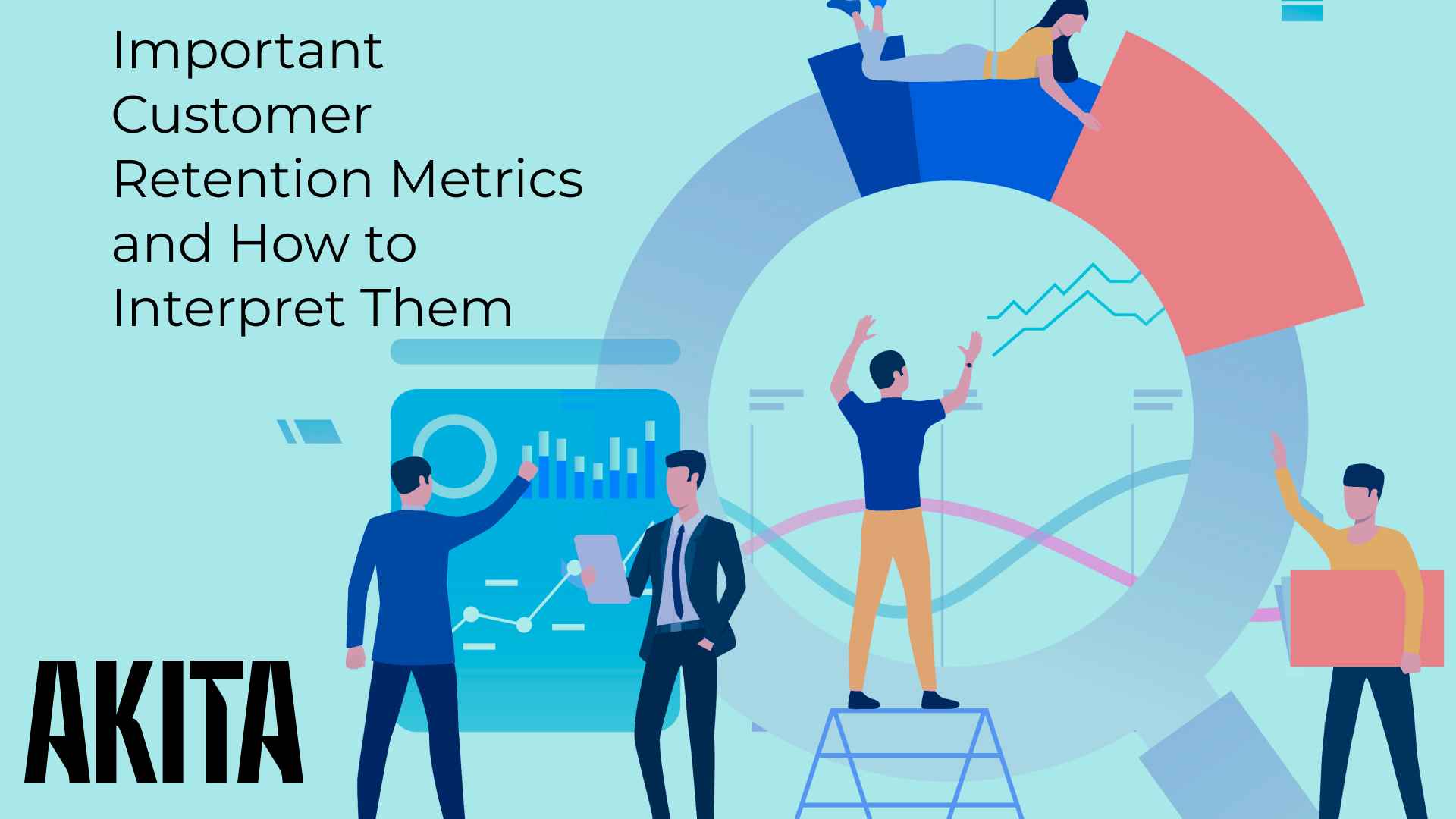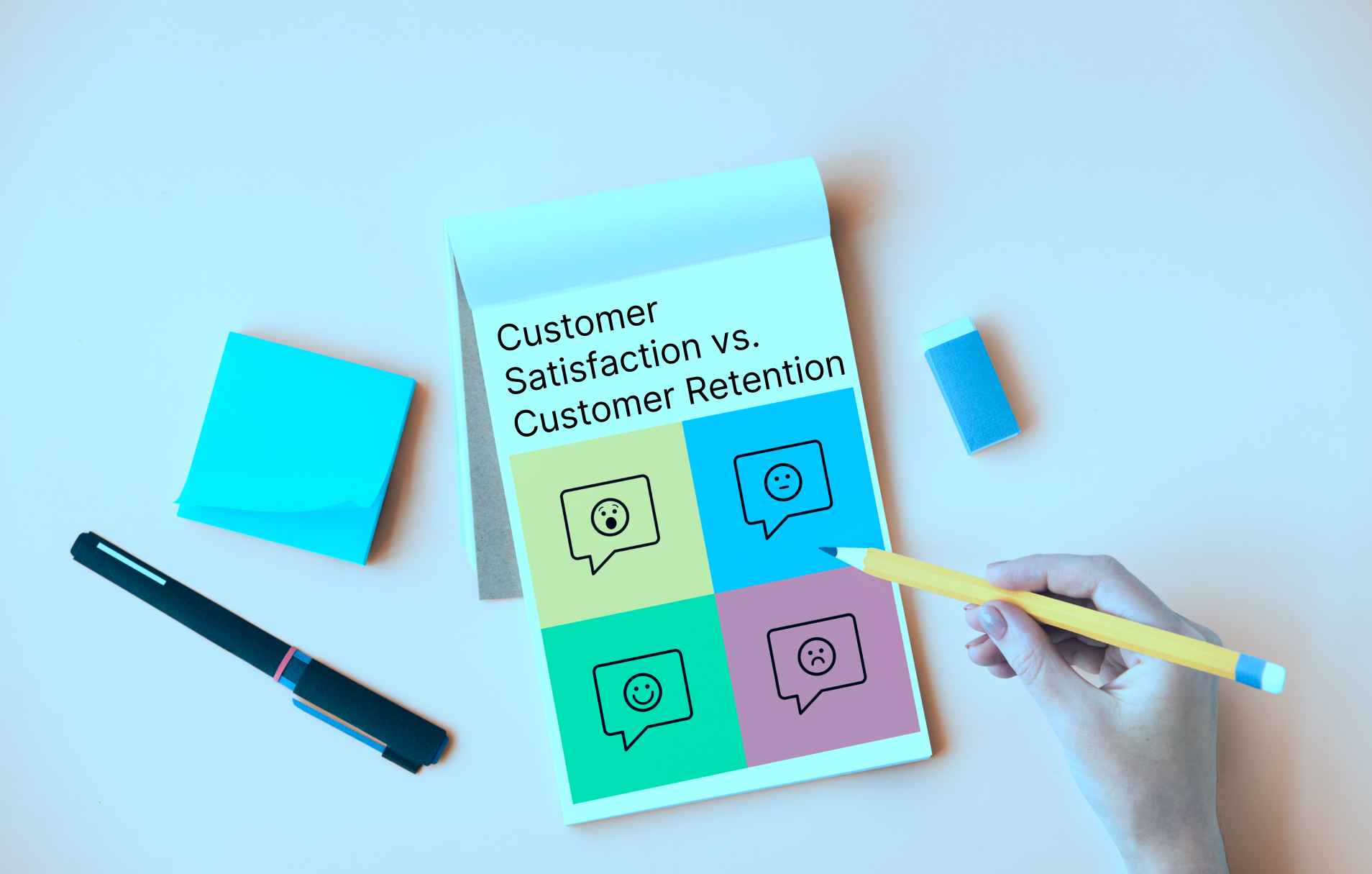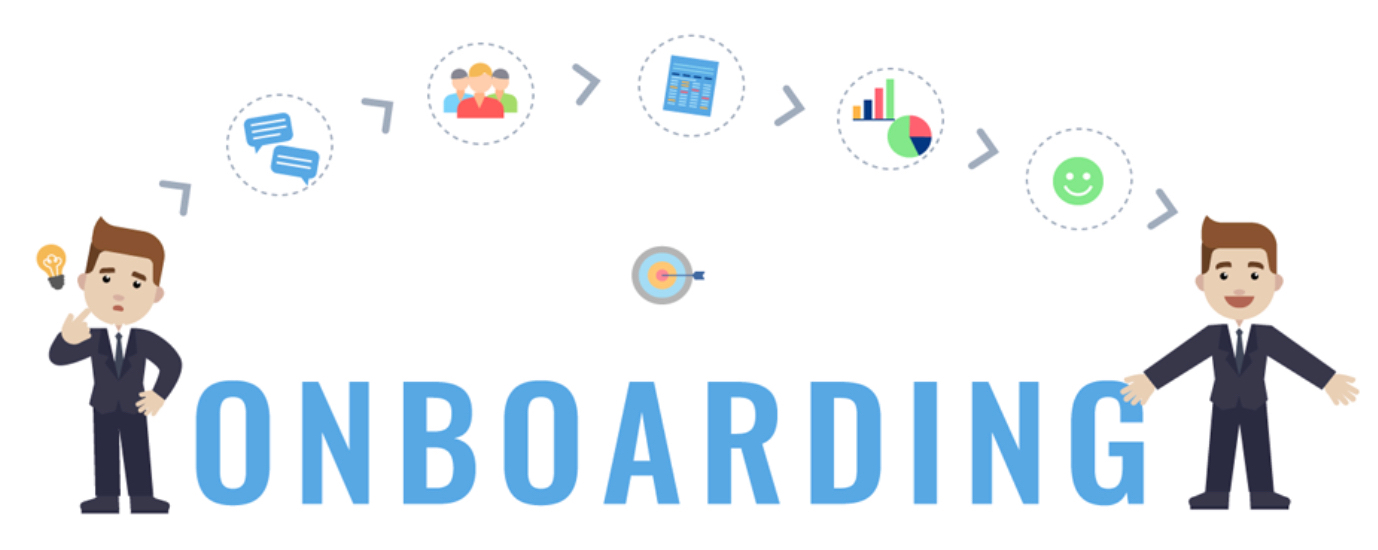What Is Customer Retention Analysis?

Having a community of loyal customers who identify with a brand and come back to it regularly is the backbone of any successful business. However, that would be difficult without constructing a clear plan to keep them for as long as possible.
Being able to understand your customers’ level of satisfaction and behavior at a deeper level is precisely what can bring your business better customer retention, and increase brand loyalty and revenue. Customer retention analysis can help you achieve that, but first, you need to know how to properly conduct the given process, which are the most important metrics that should be analyzed, and what data from the numerous spreadsheets should be taken into consideration.
Customer retention analysis provides an in-depth understanding of your customers’ behavior Track and compare adequate metrics to improve customer retention. Wish to learn what is customer retention analysis, and how can your business benefit from it? Just stay with us.
Why Is Customer Retention Analysis Important?
Before we share with you how to do customer retention analysis, let’s see where its importance lies.
- It Shows Where to Put More Marketing Effort
Once you are familiar with the extensive customer data you generated with retention analysis, you can create various effective marketing strategies that correspond with segmented customer cohorts’ demands. However, by analyzing the behavior of customers who have already left your business, you can always remain one step ahead and try your best to reduce the churn. The fact is that being able to predict the churn allows you to prevent it.
Therefore, the main role of conducting the analysis of customer retention is to measure and compare the variables that keep your company stable. You can learn the exact percentage of the customers who have churned, but also understand why that happened and what retention strategies you can implement to reduce the churn. By knowing this, you can channel your marketing efforts more efficiently and organize your budget better.
- It Helps Identify the Weak Spots in The Business Structure
When you know precisely how many customers churned and why, you can get a deep insight into which areas of your business may require a certain improvement. By analyzing customer retention from the very first time they showed interest in your product, you can determine at which point the customer decided to churn.
- It Singles Out At-Risk Customers
To build a good customer segmentation, you first need to track customer behavior and recognize consistent patterning that places them into a particular category. When you have a chance to thoroughly analyze customer retention reports, you can predict the possible churn based on the customer history data.
With Akita, you can create multiple customer segments, track every activity within them, get precise visualized data, and most importantly, set various early warning systems that inform you whether the customer might enter the “at-risk” category. Akita gives you a chance to get a full overview of each customer’s health score and reliably predict whether it will churn or upgrade the service or product. Ready to give it a shot and streamline all your customer success data and strategies into a single all-in-one platform?
How Does Customer Retention Analysis Work?
To clarify how it works, we will give you an explanation of the duties and work process of a customer retention analyst.
Of course, their main obligation is to make sure that the business growth is consistent, and one of the most efficient ways to ensure this is to improve customer retention. Once the data from the customer retention reports is gathered and reviewed, it gets easier to understand the customer churn. Besides inevitable churn, the customer retention analyst measures the percentage of customers who return to your product and their lifetime value. Finally, it is crucial to create and implement various customer retention strategies that could increase brand loyalty.
- Defining the Types of Product Users
Now, what is the most important parameter when it comes to the users? Some will use your product only once or get the cheapest subscription plan and never come back. They are usually not the cohort of customers you are after, and it is essential to differentiate them from the active users. This is how you can put all your focus on carefully crafting adequate customer success strategies for the right crowd.
- Understanding What’s Valuable for Your Customers
If you take enough time to learn who your active users are, you will automatically understand more about their preferences and what exactly keeps them engaged and coming back. Then, you can use the given data from the customer retention report to make sure your customer gets the same or higher level of value they are there for. By tracking their activities for a certain period, you can easily evaluate whether the approach was successful.
- Measuring the Right Metrics
There are various customer retention metrics that businesses use to improve customer retention, yet it is crucial to measure and analyze those that align with your business model. This brings us to our next chapter, where we will share with you the most common metrics and why it is important to overview them in customer retention analysis reports.
Important Customer Retention Metrics
The secret of how to make a customer retention analysis work in your favor is to know which metrics to measure and track. These are the most common ones that usually work for the SaaS:
- CRR (Customer Retention Rate)
The customer retention rate compares the number of customers you retained with those who churned in a specific period. By following its metrics, you can understand whether the current marketing trend works or if is there any room for improvement. Finally, you can easily determine whether you are selling your product or service to the right accounts.
- NRR (Net Revenue Retention)
This metric shows how customer lifetime value (the expected earnings from a certain customer) change during a certain time frame. It is often described as a revenue churn metric because it calculates the exact percentage of continual or recurring revenue (ARR- annual recurring revenue or MRR – monthly recurring revenue) from current customers. It means that its value can sometimes go over 100% if there are some contract changes or upsells.
- GRR (Gross Revenue Retention)
In contrast to NRR, this metric calculates total revenue and defines the company’s ability to retain customers – excluding the expansion revenue (the revenue you get from your customer after the first purchase).
Step-by-Step Retention Analysis Example
Now, let’s see what a well-organized good customer retention analysis example would look like.
Step 1: Initial NRR Review
Net revenue retention is the main financial benchmark in the business’ customer success structure. This is why it is usually the first metric to calculate. First, extract recurring revenue from each customer and then filter the graph to review the NRR. If the rate is around 120%, that’s great news since it means that you get revenue from all your customers, and if the rate is below 100%, this is the time to react.
Step 2: Segmenting the Retention Data
There are multiple retention rates that you can segment – service tier, enterprise, product return rate, and many more. You can choose which ones you will segment, measure, and compare, and get the full visual overview.
Step 3: Being Precise with Filtering
Let’s say you wish to improve the subscription plan purchases. Once you get the purchase report analytics, maybe you are not satisfied with the results, since there is a serious drop off in the subscription plan purchases. This is where you get an opportunity to think strategically and implement modifications that might affect the purchase rates positively.
Step 4: Filtering Customer Segments
One of the most efficient tools in customer success software is the option to segment the customers by their activity, preferences, purchase habits, or any other category that you find important. By tracking their activities, you understand whether your product or service is satisfying the demands of a certain cohort and most importantly, predict and prevent churn.
Conclusion
It is difficult to expect your business to flourish if you don’t have a base of loyal customers. The only way to be sure whether your current customers love your brand is to get to know them, and this is exactly what customer retention analysis can do for you. Even though it may sound a bit complex at some point, with the right tools and clear vision, retention analysis may count as a breaking point that helps your business thrive.
Frequently Asked Questions
Is customer retention analysis working for small businesses?
Is customer retention analysis working for small businesses?
Can customer retention analysis help attract new customers?
Another yes! It can (among other things) help businesses speed up various processes within the company and enhance customer experience which can surely improve the company’s reputation and attract new audiences.
Are there any customer retention pitfalls to avoid?
Make sure to include all departments when creating strategies for customer retention improvement, not only the marketing. Also, try not to overlook any data you get – this is how you might recover the lost customers!





